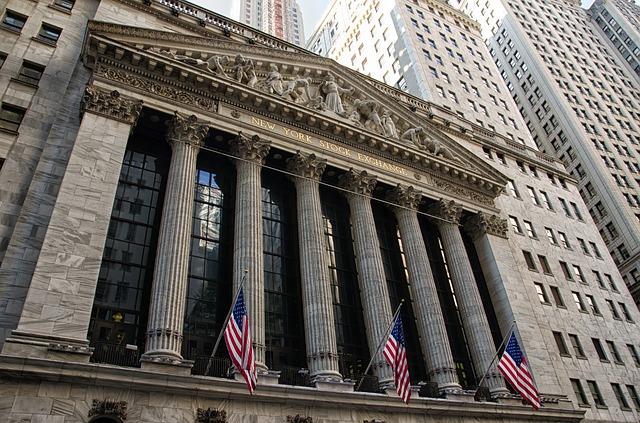The stock market capitalization-to-GDP ratio — the so-called Buffett Indicator — measures the size of the equity markets relative to the economy. Since corporate sector growth depends on economic growth, the indicator’s two inputs are expected to move in sync over the long term.
So What’s the Trend in the United States?
The Buffett Indicator’s trajectory over the last 50 years displays two primary characteristics:
1. A Rising Trend
The curve has been on a fairly continuous upswing, with a pronounced acceleration in recent years. What explains this behavior? The private sector’s growth as a proportion of the economy is probably one culprit. This has occurred as the government’s contribution to GDP has gradually decreased over the last half century.
US Stock Market Capitalization-to-GDP Ratio
 Sources: All charts derived from St. Louis Fed, BEA, and Earthen Street Capital data.
Sources: All charts derived from St. Louis Fed, BEA, and Earthen Street Capital data.Notes: Q3-2020 GDP is used as a proxy for 2020 GDP; Wilshire 5000 Index is used as a proxy for the total equity market.
US Stock Market Capitalization vs. Nominal GDP, in USD Billions

The growth of the money supply has also fueled this acceleration. The US Federal Reserve has steadily reduced interest rates since the early 1980s and the added currency this has injected into the system has helped propel the stock market. With the onset of the global financial crisis (GFC) in 2007, the Fed instituted its quantitative easing (QE) program. Thereafter, the growth in equity market capitalization far outpaced that of GDP. In other words, QE helped the stock markets more than the economy.
US Stock Market Capitalization vs. Money Supply, in USD Billions

2. Periods of Sharp Peaks and Troughs
The curve displays four instances of sharp peaks over the last half century. Each of the first three preceded a burst stock bubble and a recession before hitting bottom:
- 1972–1974: The Buffett Indicator peaked in 1972 at 0.85x and then fell until 1974. This corresponds with the recession of 1973–1975, which was due in part to the first oil shock and the stock market crash of 1973–1974.
- 1999–2002: The market cap-to-GDP ratio crested at 1.43x in 1999 and then declined, bottoming out in 2002. What happened? The dot-com bubble burst, and the economy fell into recession in 2001. The stock market crested in 2000 and didn’t reach its lowest ebb until 2002. By that time, the Fed had slashed interest rates, which helped revive the economy and also contributed to the start of a real estate bubble.
- 2007–2008: The Buffett Indicator summited in 2007 at 1.03x before falling to its nadir in 2008 amid the GFC and the recession of 2007–2009. The equity market peaked in 2007 and did not start to recover until 2009, when the Fed’s QE program began to kick in.
Today, we are in the midst of the fourth peak. The only question is when it will reach its summit and begin its descent.

Current Deviation from Trend
The equity market cap spiked versus nominal GDP after the start of QE in 2009. The current round of COVID-19-induced QE has widened this deviation even further. The Buffett Indicator went into overpriced territory in 2013 when it crossed the 1.0x line. That effectively implied that publicly traded companies were worth more than the total economic production. Or that the market expected extremely high economic growth for the next several years.
At the end of 2020, market cap-to-GDP stood at approximately 1.86x. This suggests that public companies are now almost twice the size of the economy. The current mismatch between equity market cap and GDP is the highest and longest lasting in the last 50 years.
Expectations
Every time the market cap has deviated so sharply from GDP, it has snapped back just as rapidly. So if past is any prologue, we can expect a swift fall in equity markets. While nobody can call the peak, among the possible triggers for a downturn could be surprise policies coming out of the Joseph Biden administration, renewed Fed tapering, worsening COVID-19 developments, or a global economic slowdown.
Timing the market is always a fool’s errand, but the Buffett Indicator is flashing red and has been for a while now, so caution is the watchword.
If you liked this post, don’t forget to subscribe to the Enterprising Investor.
All posts are the opinion of the author. As such, they should not be construed as investment advice, nor do the opinions expressed necessarily reflect the views of CFA Institute or the author’s employer.
Image credit: ©Getty Images / Ioannis Tsotras
Professional Learning for CFA Institute Members
CFA Institute members are empowered to self-determine and self-report professional learning (PL) credits earned, including content on Enterprising Investor. Members can record credits easily using their online PL tracker.

